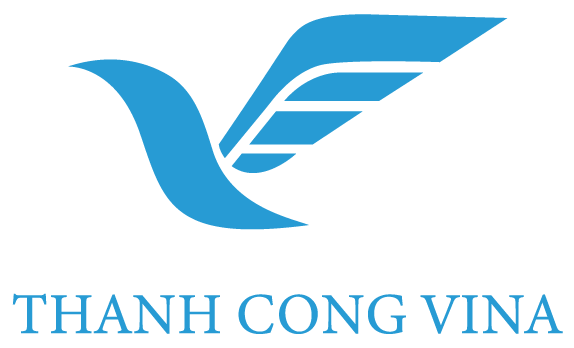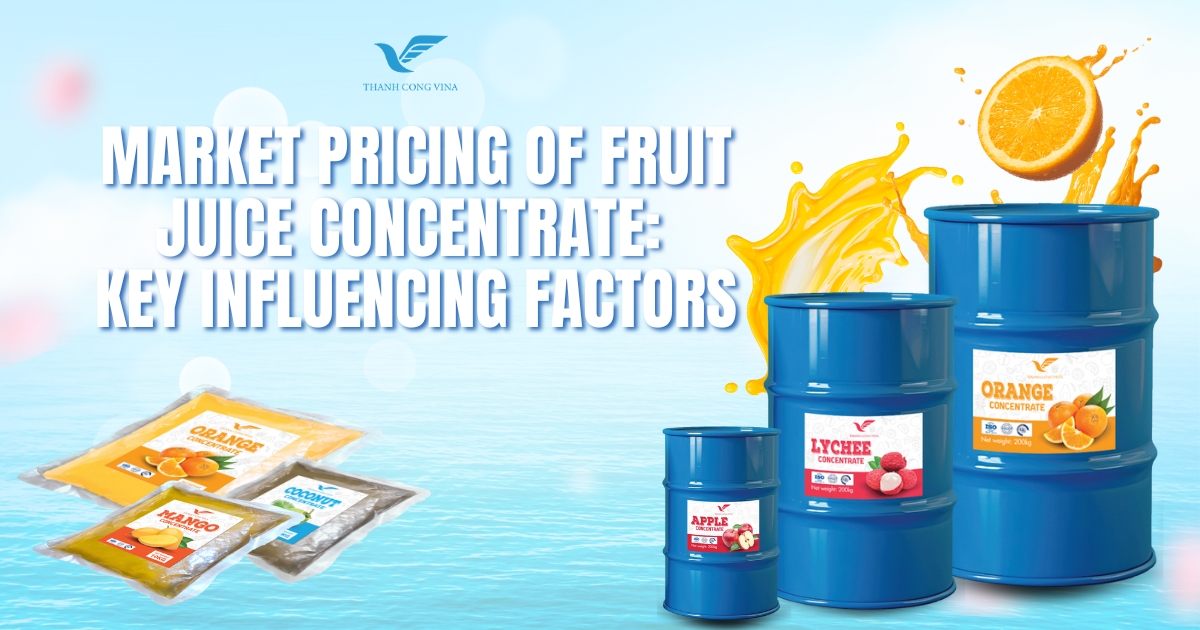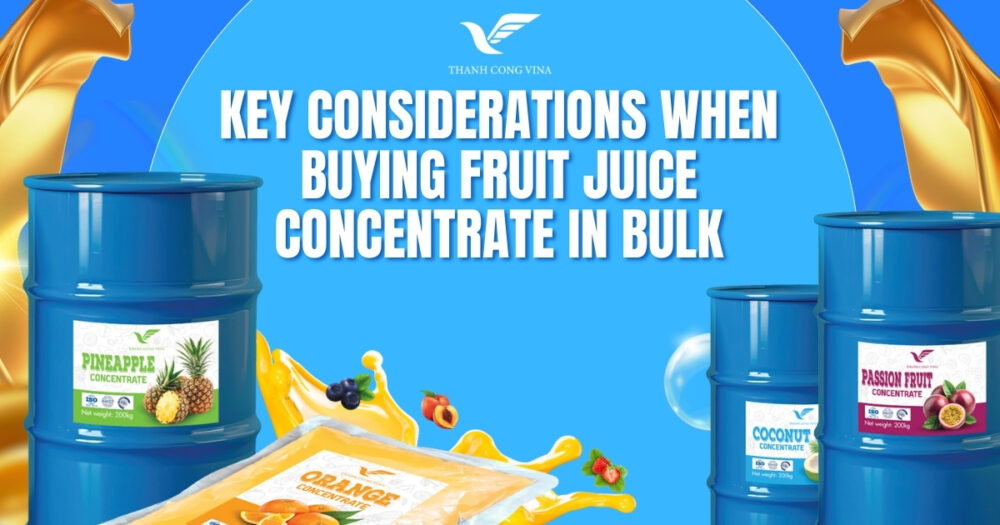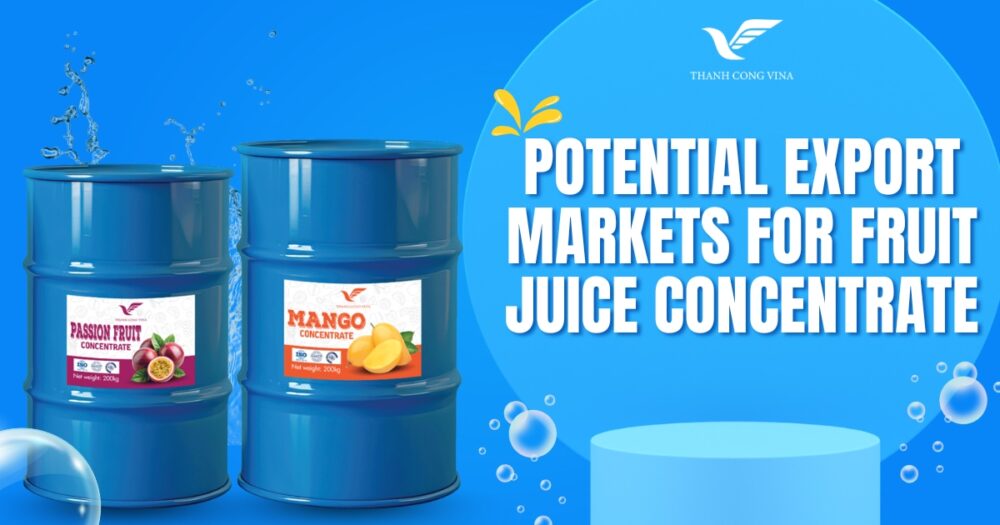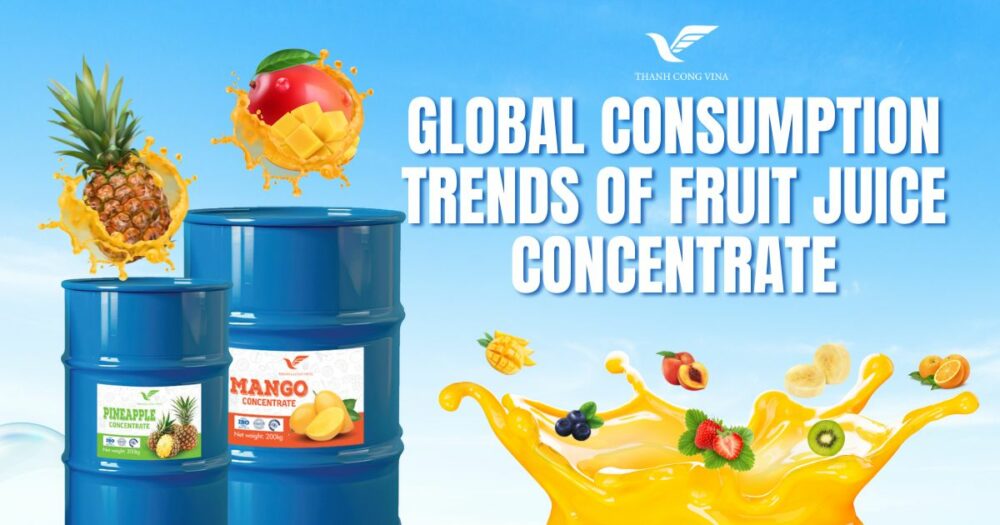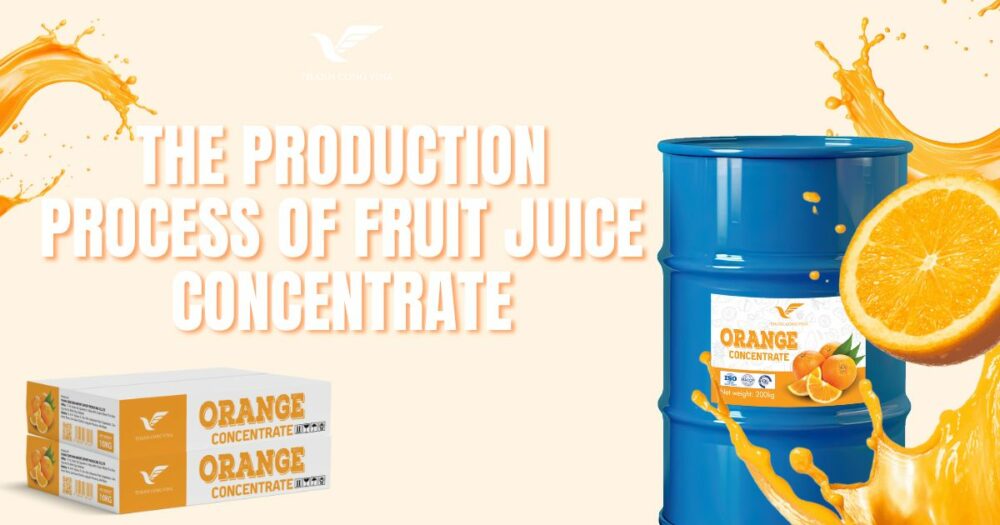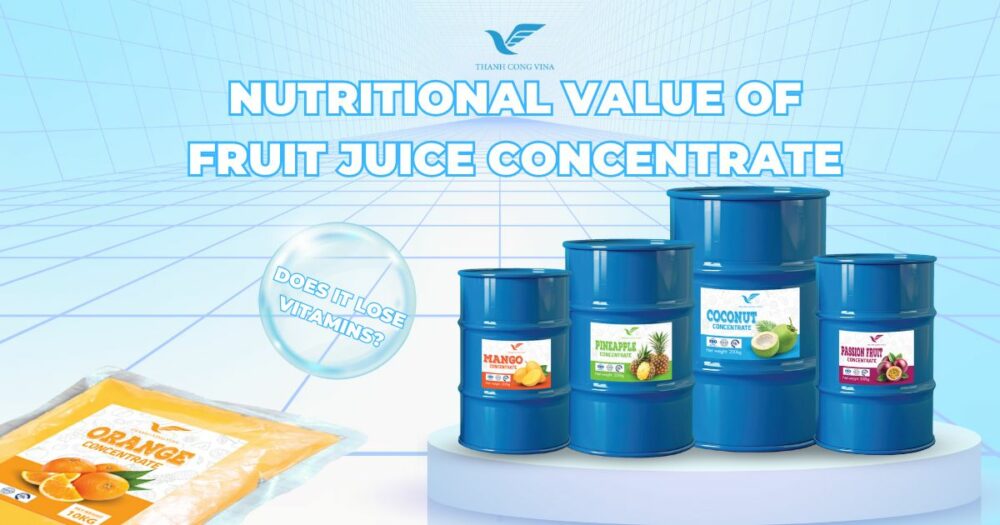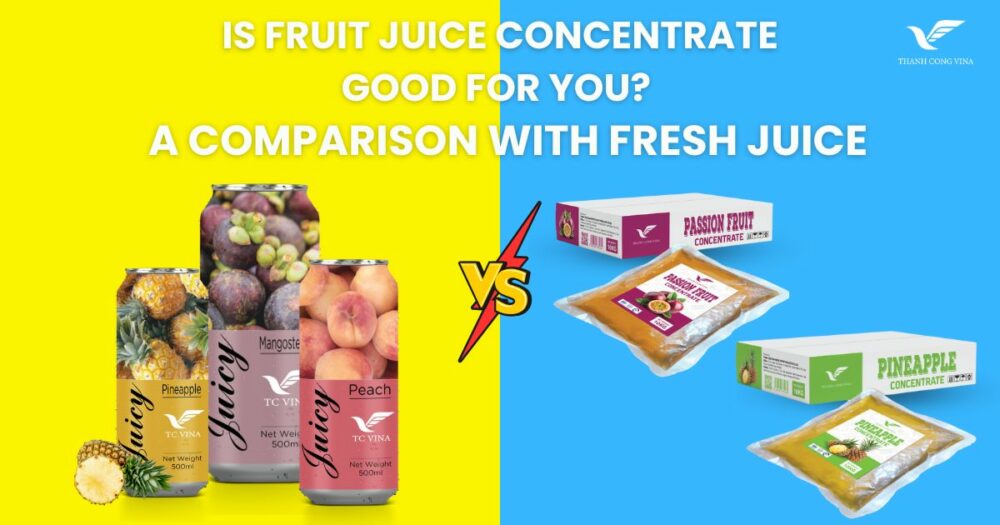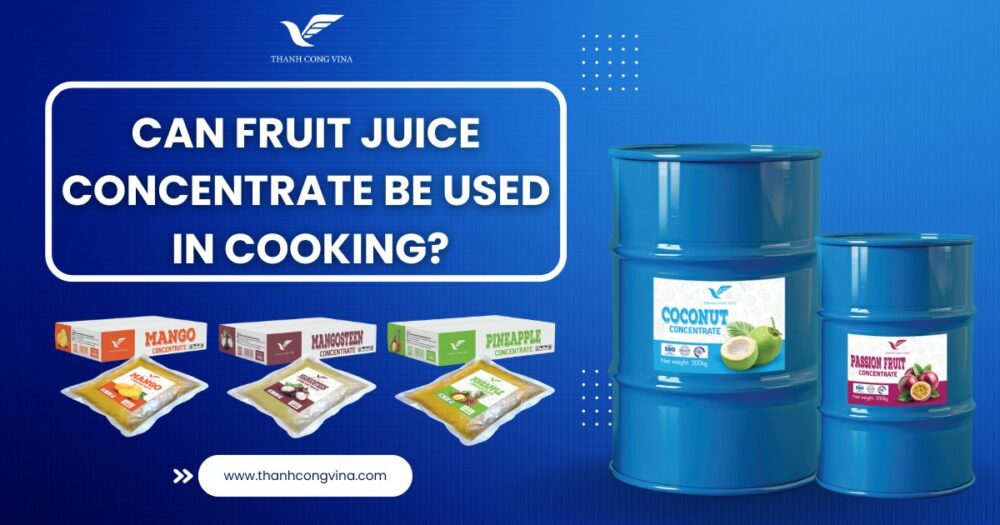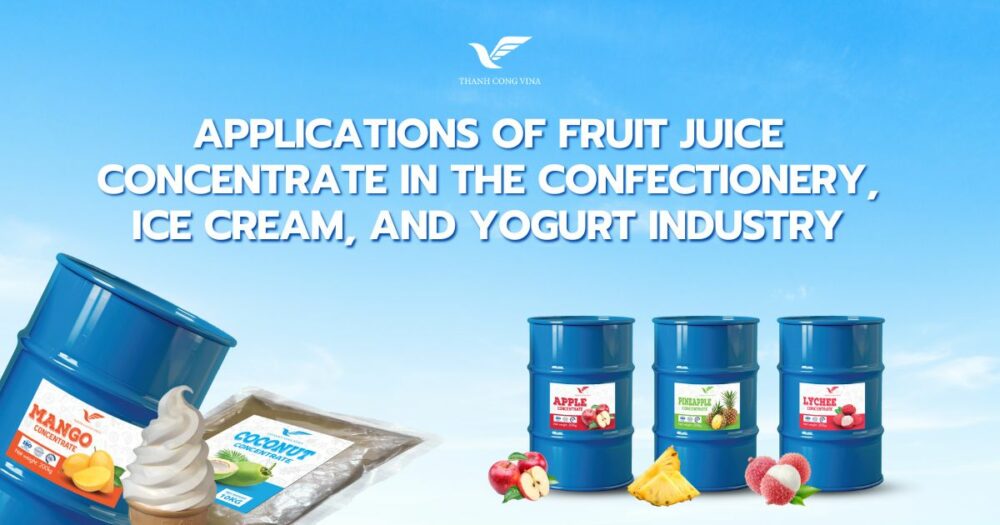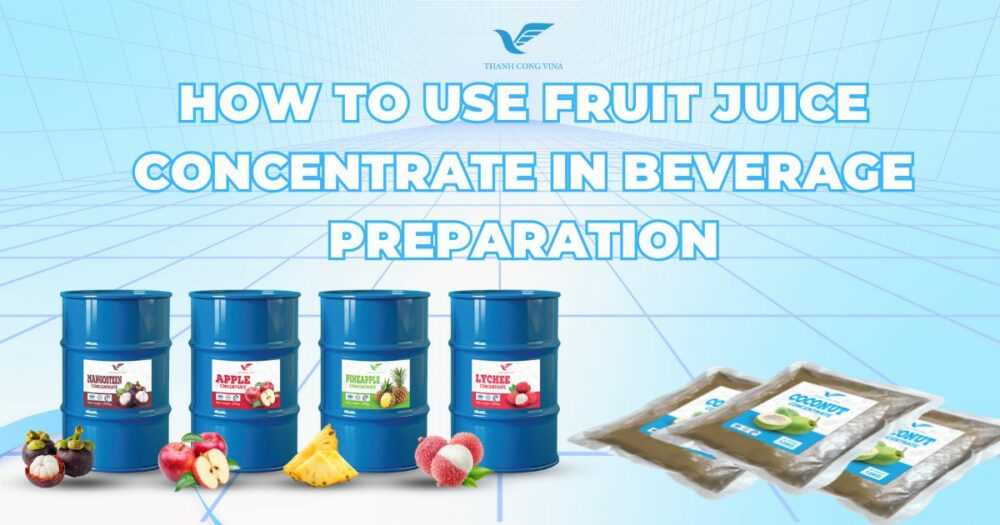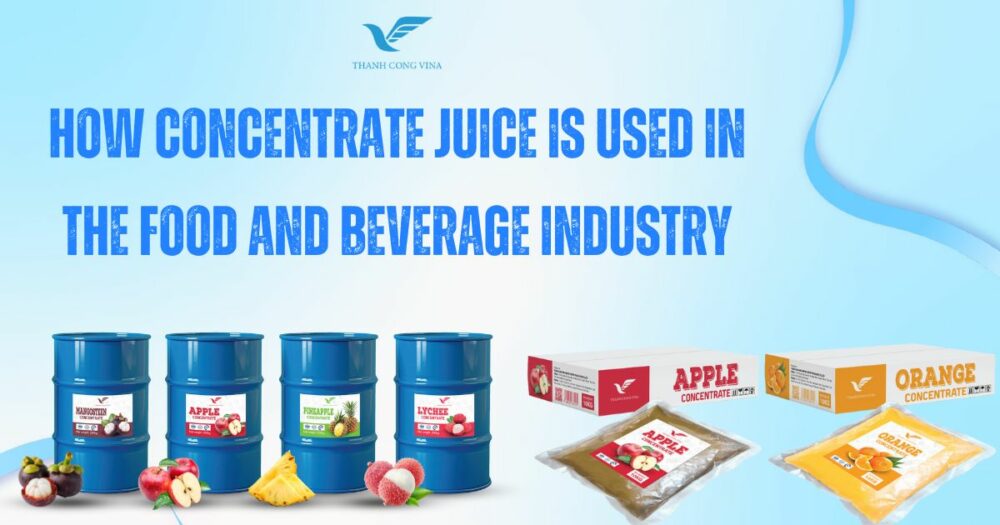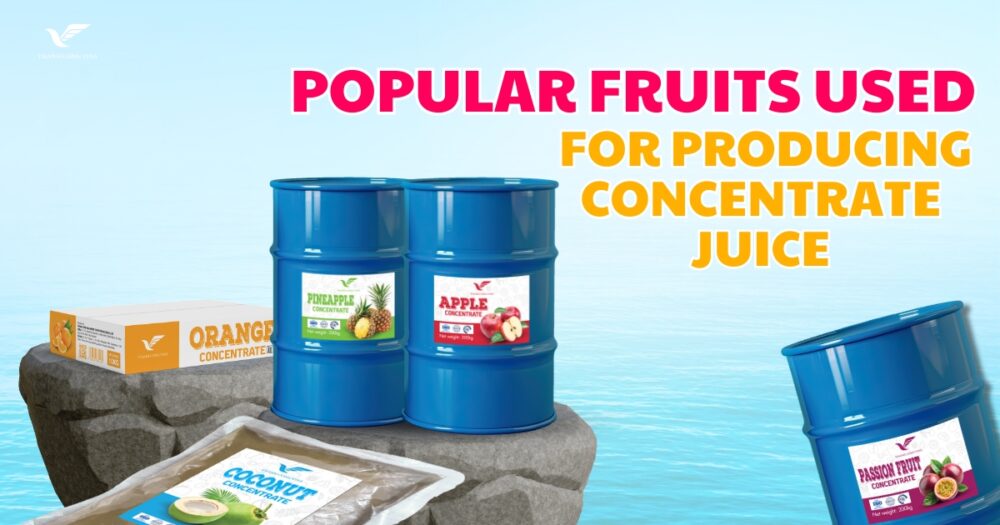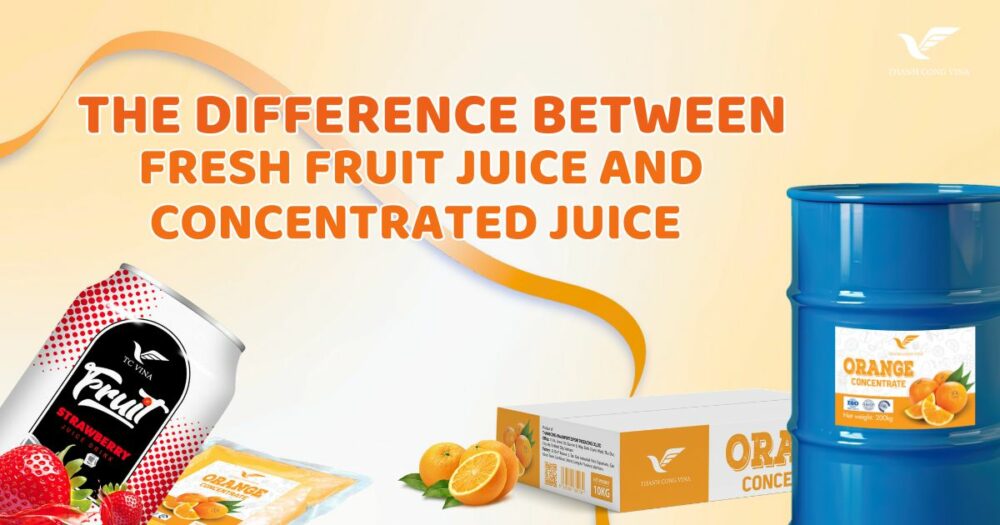In the global food and beverage industry, fruit juice concentrate has become a cornerstone ingredient for juice manufacturers, beverage brands, and food processors. As demand rises across diverse applications like RTD (Ready-to-Drink) beverages, confectionery, dairy, and baby food, the pricing of fruit juice concentrate becomes a critical factor in production planning and cost management. But what exactly determines the price of fruit juice concentrate in domestic and international markets?
At Thanh Cong Vina, a trusted exporter and producer of high-quality fruit juice concentrates in Vietnam, we believe transparency and market knowledge empower buyers. In this comprehensive guide, we explore the key factors that influence the market pricing of fruit juice concentrate and how businesses can better navigate fluctuations.
1. Type of Fruit and Its Intrinsic Value
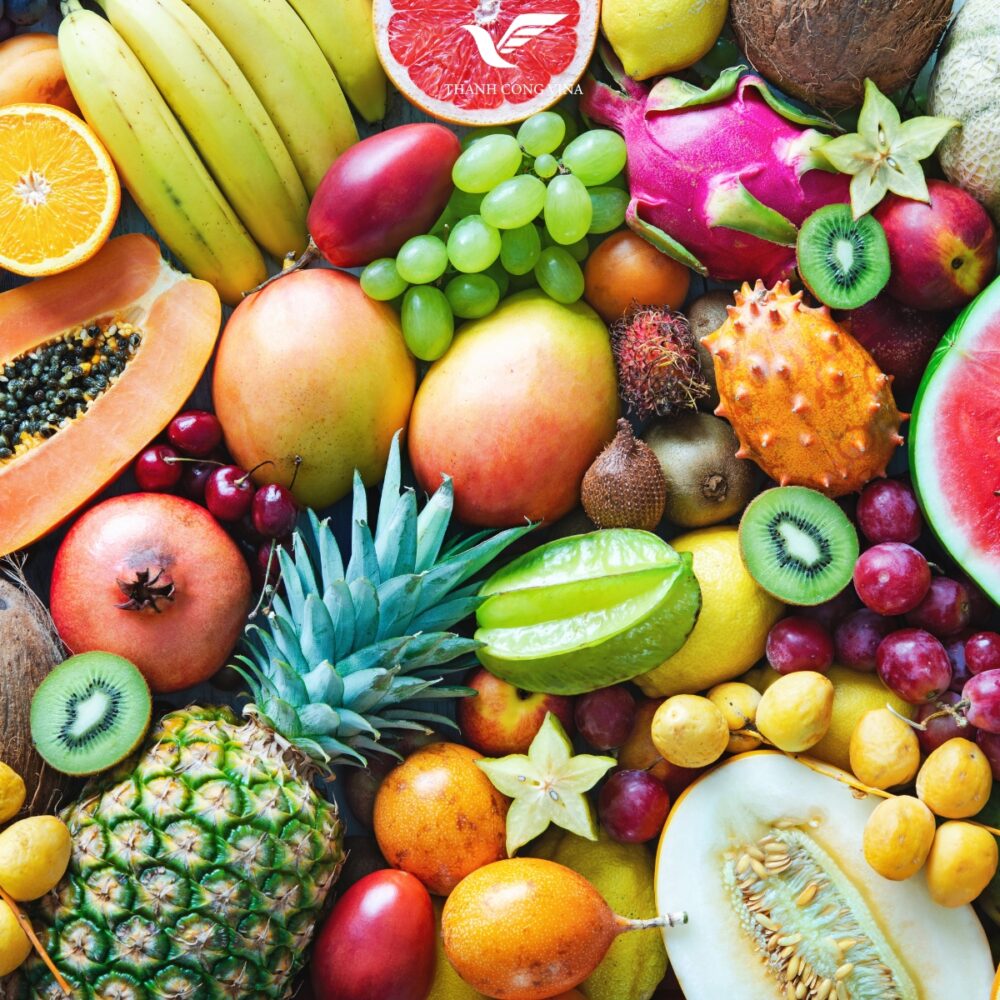
Type of Fruit and Its Intrinsic Value
Not all fruits are priced equally. Mango, passion fruit, guava, and lychee have varying price points due to their yield, harvest cycles, and demand levels.
- High-value fruits: Mango, pomegranate, and berry-based concentrates tend to be more expensive due to their lower yield per kg of raw fruit and high global demand.
- Commonly available fruits: Pineapple, orange, and apple concentrates are more affordable due to mass cultivation and higher juice yields.
Thanh Cong Vina Insight: Our mango and guava concentrates are priced competitively by leveraging Vietnam’s favorable growing conditions and direct farm partnerships.
2. Brix Level (Concentration)
The Brix level refers to the sugar concentration of the fruit juice concentrate. A higher Brix means more raw fruit is used to reach the desired sweetness, thus increasing cost.
- 65° Brix is the standard for most concentrates.
- Higher Brix may be required for specialty formulations, adding to cost.
Buyers must align Brix specifications with final product formulations to manage costs efficiently.
3. Seasonal Availability and Harvest Timing
Fruit juice concentrate pricing is highly influenced by seasonal harvests. Off-season periods often lead to price spikes due to limited supply and storage costs.
- Peak season: Abundant supply, lower prices.
- Off-season: Reliance on frozen or stored raw fruits, increasing processing and storage expenses.
Example: Passion fruit and lychee have specific harvest windows; planning bulk purchases during harvest seasons reduces costs.
4. Climate and Environmental Factors

Climate and Environmental Factors
Droughts, floods, typhoons, and irregular weather patterns can severely impact fruit production. As a result:
- Lower crop yield = increased raw fruit prices = higher concentrate costs.
- More demand for preserved stock = price inflation.
Thanh Cong Vina Strategy: We work with multiple farming zones to mitigate regional climate impacts and stabilize raw material input.
5. Processing Technology and Quality Standards
Advanced processing methods such as aseptic filling, high-pressure pasteurization, or cold pressing add to operational costs but ensure superior product quality.
Certifications like ISO, HACCP, and Organic further influence pricing due to added compliance, documentation, and testing requirements.
Premium pricing applies to:
- Organic certified concentrates
- Low-temperature processed juice
- Concentrates free from additives and preservatives
6. Supply Chain and Logistics Costs

Supply Chain and Logistics Costs
Global shipping rates have fluctuated heavily due to fuel price changes, container shortages, and geopolitical tensions.
Key logistics cost influencers:
- Port charges and customs tariffs
- Refrigerated vs. ambient transportation
- Packaging size (bulk drums, IBC totes, bag-in-box, etc.)
Thanh Cong Vina offers flexible packaging and cost-optimized freight options for different buyer needs.
7. International Demand and Market Trends
As demand increases in health-conscious markets like the US, Japan, and Europe, pricing reflects:
- Shifts toward clean-label and organic products
- Higher consumption of exotic or tropical fruits
- Competition among buyers during peak periods
Emerging trends such as fruit juice in functional beverages or plant-based nutrition are influencing specific concentrate prices.
8. Currency Exchange Rates
Fruit juice concentrate is traded globally, with pricing commonly quoted in USD. For buyers and sellers in other currencies, exchange rates can significantly impact purchasing costs.
- Depreciation of local currency = higher import cost
- Volatile exchange rates affect long-term contracts
Thanh Cong Vina supports flexible payment models and can quote in multiple currencies upon request.
9. Government Policies and Trade Agreements

Government Policies and Trade Agreements
Tariffs, import duties, export restrictions, and trade agreements directly affect pricing.
- Free Trade Agreements (FTAs) may reduce or eliminate duties.
- Countries with high import taxes see inflated end-user pricing.
Vietnam benefits from favorable trade deals with the EU, Japan, Korea, and ASEAN, making Thanh Cong Vina a strategic sourcing partner.
10. Minimum Order Quantities and Contract Terms
Bulk pricing often depends on order volume and contract duration.
- Larger volumes reduce per-unit cost.
- Long-term contracts stabilize prices vs. spot buying.
- MOQ affects pricing structure and production scheduling.
Thanh Cong Vina offers competitive tier-based pricing, starting from small trial orders to large-scale production.
Conclusion: Making Informed Decisions in a Dynamic Market
Fruit juice concentrate pricing is a dynamic interplay of agriculture, economics, technology, and global demand. For businesses looking to ensure profitability and consistent product quality, understanding the underlying cost factors is crucial.
At Thanh Cong Vina, we empower our global clients by offering:
- Transparent pricing models
- Reliable seasonal forecasts
- High-quality concentrate with customizable specs
- Competitive export terms and logistics support
Whether you’re a beverage start-up or a multinational food brand, partnering with Thanh Cong Vina means gaining a pricing advantage without compromising quality.
